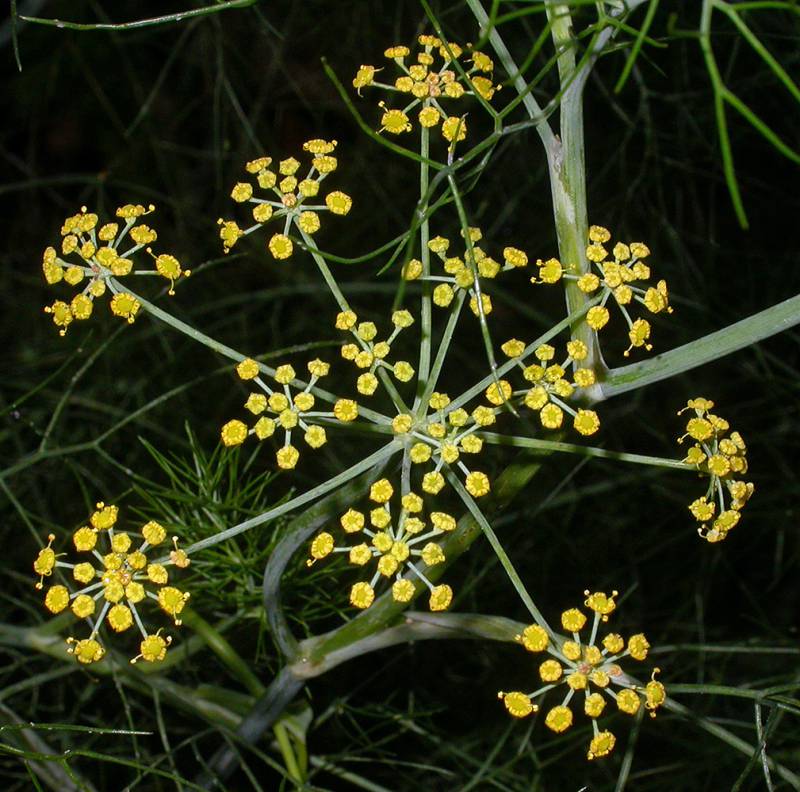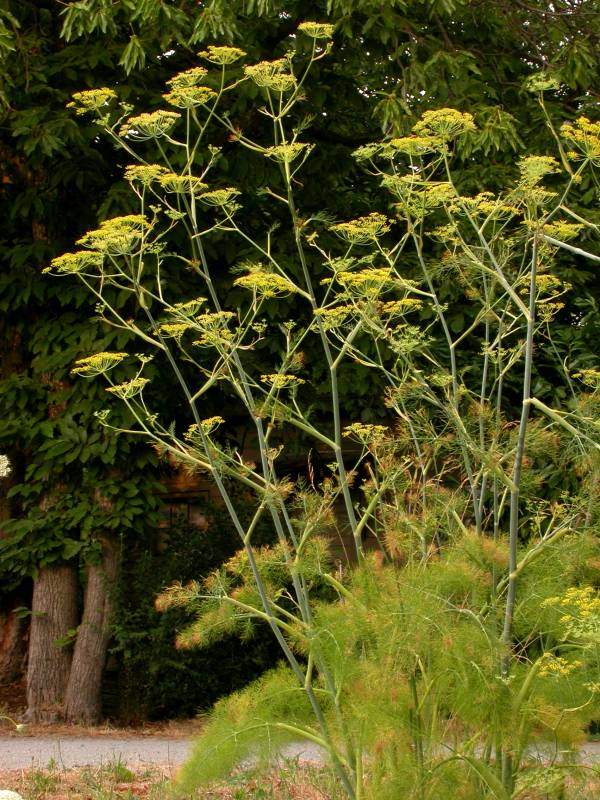Common fennel identification and control
Information about the noxious weed common fennel. Common fennel is also known by its scientific name, Foeniculum vulgare.
About this weed
Common fennel is a non-regulated Class B noxious weed. This means due to how widespread it is, property owners are not required to control this species on their property, though it is encouraged. This designation excludes the variety Foeniculum vulgare var. azoricum.
Common fennel is known as Foeniculum vulgare, and it is in the carrot family. It is also known as sweet fennel.

Why it’s a problem
Common fennel quickly establishes dense infestations that crowd out native plants, disrupting habitat for native wildlife. It is increasing in western Washington and is threatening native grasslands.
Plant description
Common fennel is an aromatic perennial (plants that have a 2 or more years life cycle) native to southern Europe. It is found along roadsides, in pastures and prairies, stream sides, costal bluffs, and wetlands.
Common fennel can grow up to 10 feet tall with fine leaves divided into many thread-like segments. The foliage and seeds have a strong licorice or anise scent.
The flowers are small and yellow forming an umbrella-like cluster. They bloom from May to September.
The leaves are triangular and are divided many times into thin feather-like leaflets. They are dark green or bronze and hairless. The stem is upright and branched.
Seeds are about 3.5 to 4 mm long and have small ridges. Common fennel has a long thick taproot which produces 10 to 20 stems in mid-winter to early spring. It spreads through seed and can resprout from parts of the root crown.




Be aware of look-alike plants
There are many cultivated varieties of fennel, such as Foeniculum vulgare var. azoricum which has a swollen bulb like structure at the base. It also tends to be smaller than the wild types of fennels.
When in doubt, take photos and report them on iNaturalist.
What to do if you find it
Because common fennel is so widespread, property owners in King County are not required to control it. King County is not generally tracking infestations. We can provide advice on how to control common fennel but there is generally no legal requirement to do so.
The King County Noxious Weed Control Board encourages property owners to remove common fennel where possible, and to avoid introducing it to new landscapes.
Consult your local master gardener group or try the Garden Hotline for tips and tricks on managing garden weeds.
Control methods
We recommend using a combination of methods to control weeds. In areas with few weeds, it is important to act quickly before they become harder to control. Make a long-term plan as it often takes several years to get rid of most weeds. Start in the least infested areas first and then move into more heavily infested areas.
Manual control
Small infestations can be hand pulled. This becomes more difficult as they mature because of the taproot.
Mechanical control
Repeated mowing prior to flowering can deplete below ground energy reserves. This may need to be done for several years before being successful.
Control the plant before it is in flower as the physical removal of plants will encourage seed dispersal.
Chemical control
Stay safe when using herbicide:
- Always read the label before use.
- Wear a long-sleeved shirt, long pants, shoes, and eye protection.
- Follow state and local regulations.
For large infestations, spraying in late spring appears to be the ideal time to control common fennel. This is when the common fennel has reached maximum biomass production and native herbaceous annuals have set seed.
See the PNW Pest Management Handbook for the most up to date and specific method for chemical control of common fennel.
Avoid spraying where there is a chance that herbicide will enter a waterway or wetland unless you are using a state-approved aquatic herbicide and have the required permits and licenses to do so. Use of pesticides in water is regulated in Washington state. See Washington Department of Ecology Aquatic Pesticide Permits for details.
For more information or a site-specific recommendation in King County, contact the noxious weed program. For information in other locations, contact your local weed board or extension office.
Disposal instructions
Common fennel can reproduce from seed and pieces of the root crown so be sure to bag them and toss in the garbage. The remainder of the plant may be composted.
Noxious Weed Disposal - Washington State Noxious Weed Control Board

 Translate
Translate